Lucas A. Pereira
Improving Irregularly Sampled Time Series Learning with Dense Descriptors of Time
Mar 20, 2020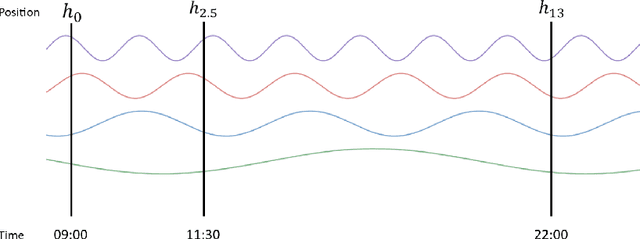

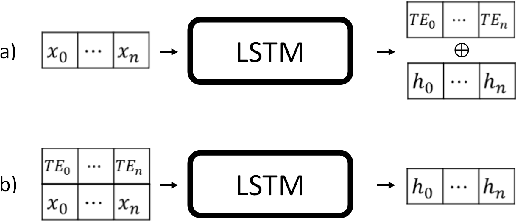
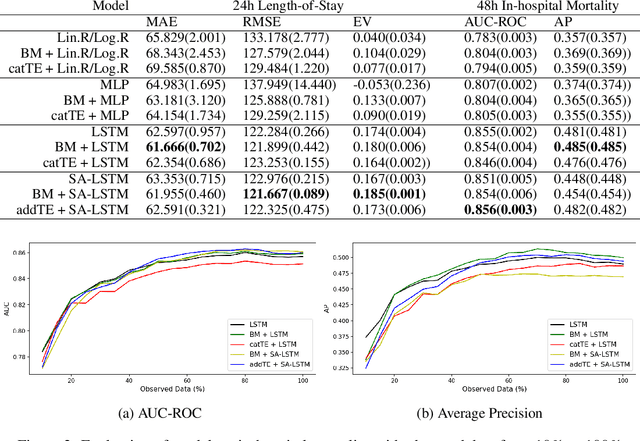
Abstract:Supervised learning with irregularly sampled time series have been a challenge to Machine Learning methods due to the obstacle of dealing with irregular time intervals. Some papers introduced recently recurrent neural network models that deals with irregularity, but most of them rely on complex mechanisms to achieve a better performance. This work propose a novel method to represent timestamps (hours or dates) as dense vectors using sinusoidal functions, called Time Embeddings. As a data input method it and can be applied to most machine learning models. The method was evaluated with two predictive tasks from MIMIC III, a dataset of irregularly sampled time series of electronic health records. Our tests showed an improvement to LSTM-based and classical machine learning models, specially with very irregular data.
Predicting Diabetes Disease Evolution Using Financial Records and Recurrent Neural Networks
Nov 23, 2018
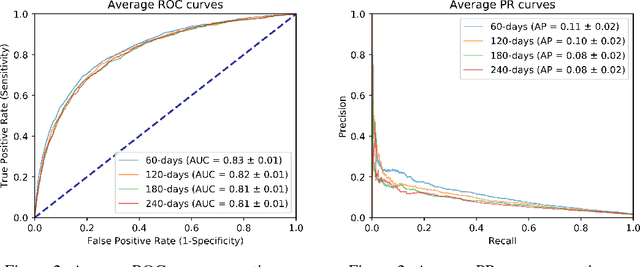
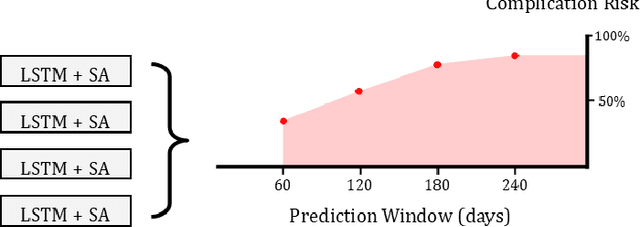
Abstract:Managing patients with chronic diseases is a major and growing healthcare challenge in several countries. A chronic condition, such as diabetes, is an illness that lasts a long time and does not go away, and often leads to the patient's health gradually getting worse. While recent works involve raw electronic health record (EHR) from hospitals, this work uses only financial records from health plan providers to predict diabetes disease evolution with a self-attentive recurrent neural network. The use of financial data is due to the possibility of being an interface to international standards, as the records standard encodes medical procedures. The main goal was to assess high risk diabetics, so we predict records related to diabetes acute complications such as amputations and debridements, revascularization and hemodialysis. Our work succeeds to anticipate complications between 60 to 240 days with an area under ROC curve ranging from 0.81 to 0.94. In this paper we describe the first half of a work-in-progress developed within a health plan provider with ROC curve ranging from 0.81 to 0.83. This assessment will give healthcare providers the chance to intervene earlier and head off hospitalizations. We are aiming to deliver personalized predictions and personalized recommendations to individual patients, with the goal of improving outcomes and reducing costs
 Add to Chrome
Add to Chrome Add to Firefox
Add to Firefox Add to Edge
Add to Edge